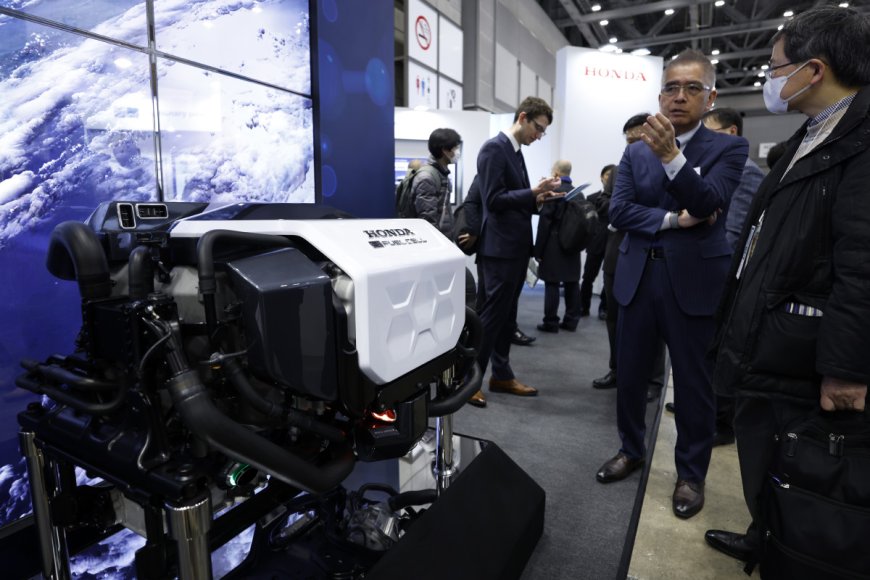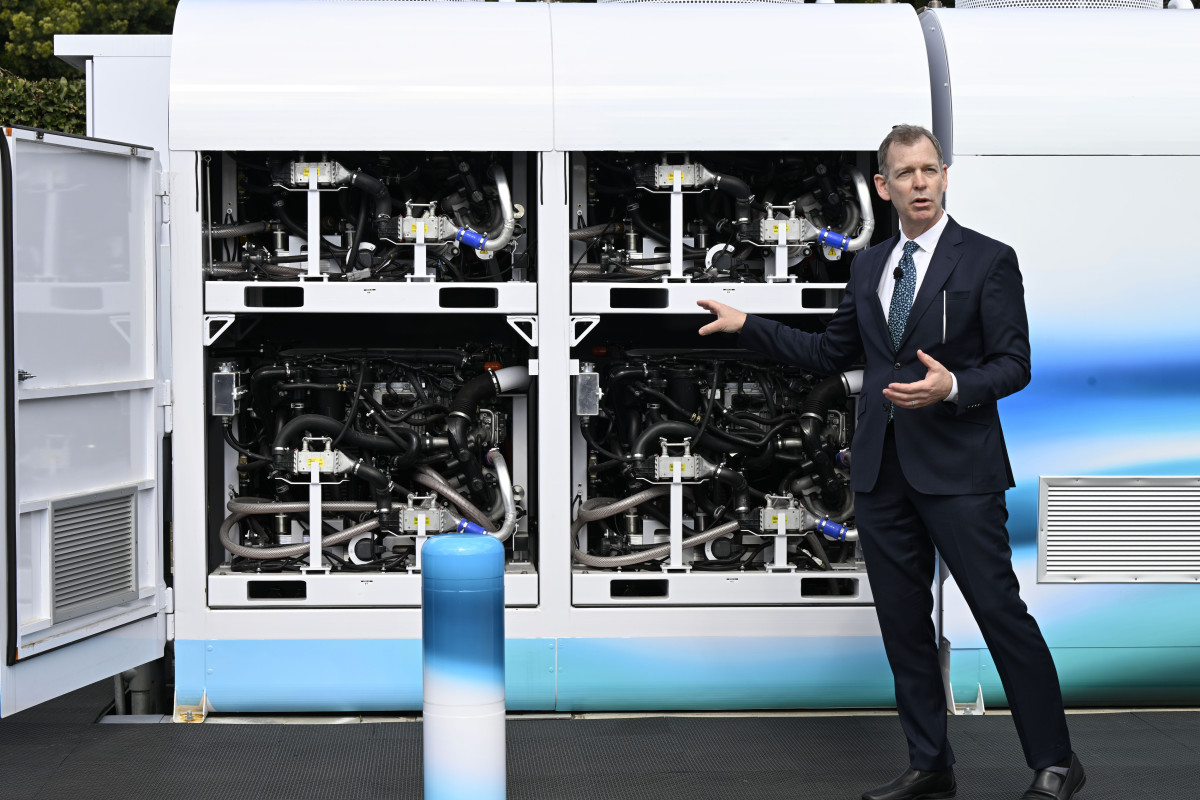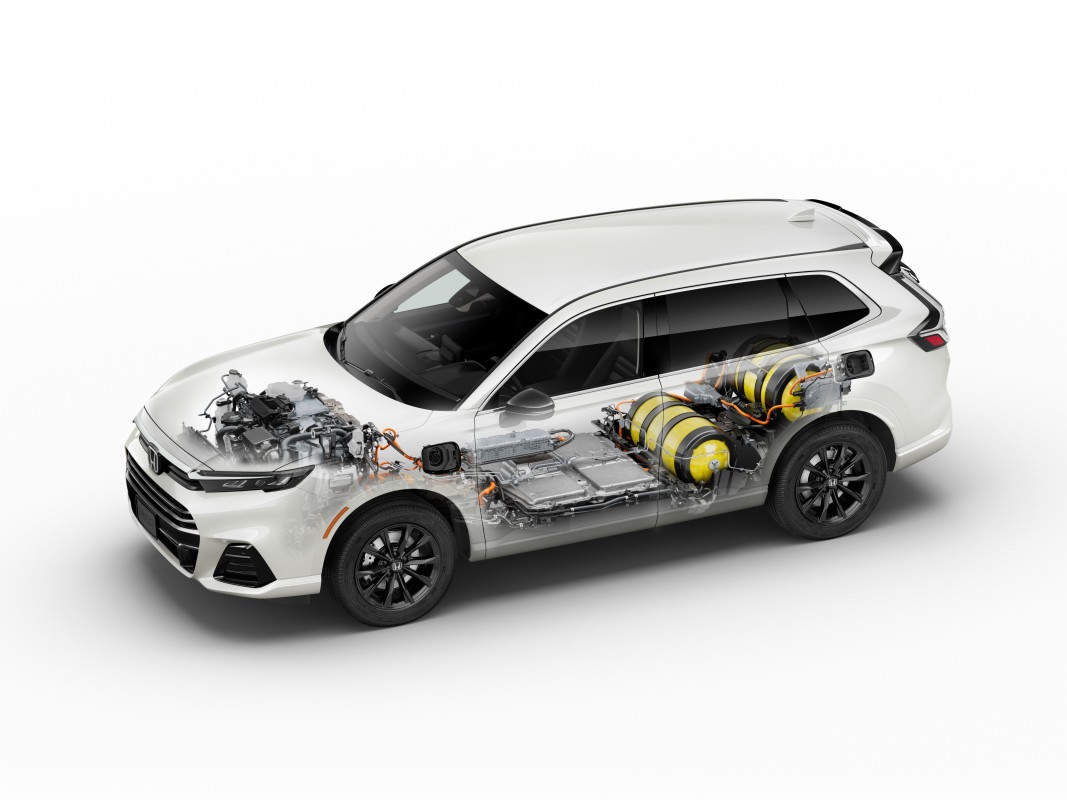Why Honda is Going ALL IN on Fuel Cell Tech
Honda’s latest move marks a significant investment in its hydrogen-powered future.

Honda announced plans this week to establish a dedicated production facility for its next-generation hydrogen fuel cell systems. Set to begin operations by March 2028, the new plant will be located in Moka, Japan, repurposing part of the automaker’s former Powertrain Unit Factory. With a projected annual production capacity of 30,000 units, the factory represents a major milestone in Honda’s push toward a hydrogen-based future.
Related: Ford secures $9.63 billion federal loan for U.S. battery plants
Betting on a hydrogen future
The upcoming plant will feature cutting-edge production equipment designed to enhance efficiency and ensure high-quality output, Honda said in a statement. Honda’s new fuel cell systems are being developed in-house, underscoring the company’s commitment to technological independence. MediaNews Group/Long Beach Press-Telegram via Getty Images/Getty Images
This facility is the first of its kind for Honda and is expected to receive government subsidies under Japan’s Green Transformation (GX) initiative, a program aimed at achieving carbon neutrality by 2050.
This plant will support four key domains Honda has identified for fuel cell technology, including passenger fuel cell electric vehicles (FCEVs), commercial vehicles, stationary power stations, and construction machinery. By 2030, Honda aims to capture 5% of the hydrogen-powered truck market, with aspirations to increase that share to 30% by 2040.
Related: 2024 Kia Niro PHEV Review: practical efficiency with a few quirks
Fuel cells for more than passenger vehicles
Honda’s commitment to hydrogen extends far beyond passenger vehicles. Earlier this year, Honda started production of hydrogen fuel cells in collaboration with General Motors at a plant in Brownstown, Michigan.
Through the joint venture with GM, Honda is producing fuel cells for various applications, including heavy-duty trucks, construction equipment, and power generators. A hydrogen-powered Honda CR-V, developed as part of this partnership, went on sale in California earlier this year. The joint venture with GM has reduced the cost of fuel cell systems by one-third compared to the 2019 Honda Clarity Fuel Cell, the companies claim.
As all-electric vehicles continue to make up a greater share of the car market, it’s clear that Honda still believes in hydrogen’s potential as a clean energy alternative, particularly for industries where long-range and quick refueling are essential.
Related: Meet the man who sold Kendrick Lamar his Buick GNX
Final thoughts
Honda’s vision aligns with broader industry trends. Advocates argue that hydrogen fuel cells—offering longer range and faster refueling than all-electric alternatives—are well-suited for long-haul trucking and industrial applications. Scaling hydrogen fueling stations for passenger vehicles is a tall order, but a strategically placed network of hydrogen refueling stations could transform the heavy-duty transportation sector much like diesel once did.
As Honda doubles down on its capacity for fuel cell production, it’s clear that the automaker believes there is room for hydrogen in the push for a zero-carbon future. In the immediate future, that place appears to be concentrated mostly on commercial applications, but maybe we’ll see it expand to more consumer showrooms one day.
Related: Hyundai is pouring money into struggling China business











































